On November 22-23, the Ministerial Council of the ESA countries was held in Paris. Its participants approved the agency’s new budget, which became a record. In total, ESA will receive 16.9 billion euros over the next three years. This is 17% more than the agency’s previous budget for the same period.
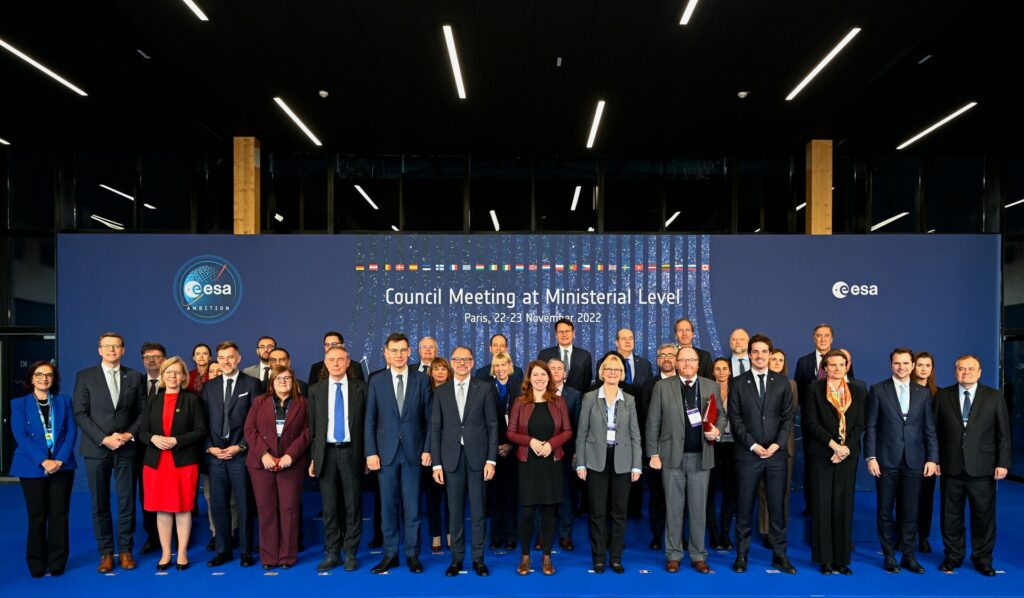
The allocated funds will be spent on space research, Earth observations, and a climate change monitoring program. Special attention will also be paid to ensuring Europe’s independent access to space.
Exploring the Earth
2.7 billion euros will be allocated for the Earth exploration program. It includes both observations using Sentinel satellites, as well as support for other missions like Aeolus-2, InCubed-2 and TRUTHS.
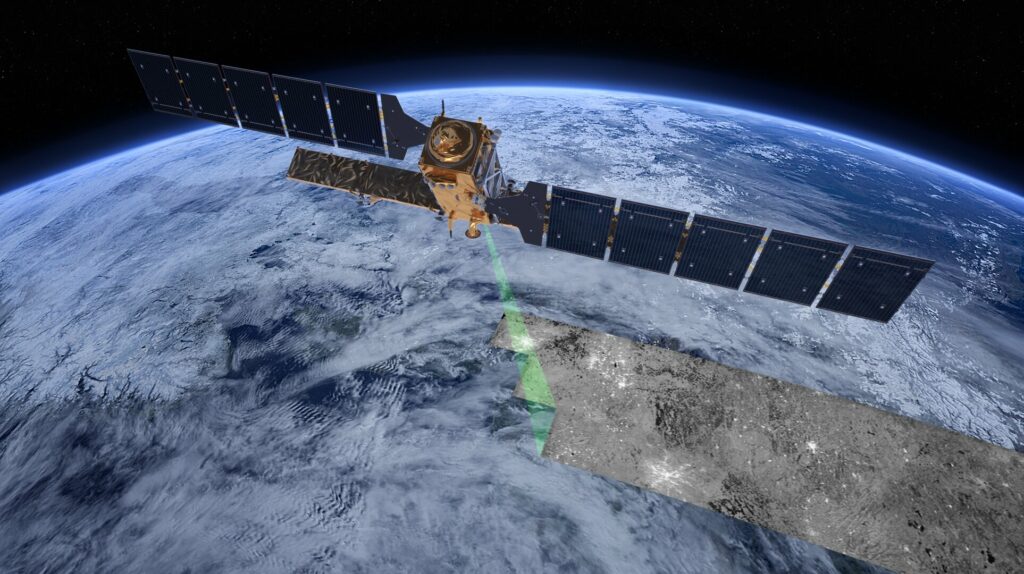
ESA also approved the construction of two new spacecraft — Harmony and MAGIC. The first one will study the dynamics of the world ocean, ice and land. The second is a gravity mission that will monitor the volume of water in the oceans, ice sheets and glaciers in order to measure sea level change as accurately as possible.
Scientific Research
3.2 billion euros will be spent on scientific research. ESA will continue to sponsor missions implemented under the Cosmic Vision program, and will also develop a new Voyage 2050 program that will cover the period from 2035 to 2050.
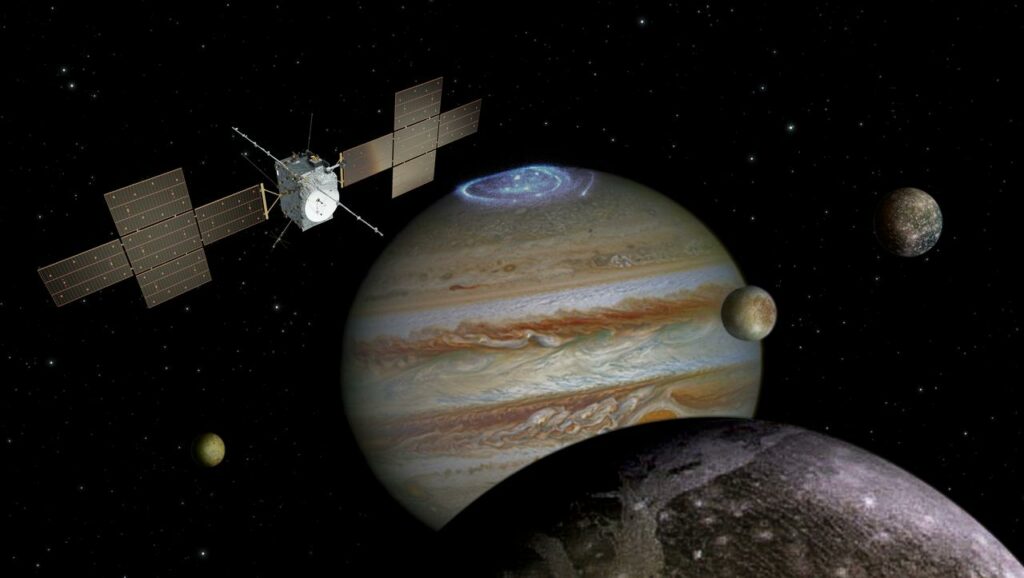
Already next year, ESA will launch two major missions into space. The JUICE probe will head to the icy moons of Jupiter, while the Euclid telescope will map the Universe to reveal the nature of mysterious dark matter and dark energy. The ministers also confirmed funding for the Plato and Ariel telescopes intended for the search for exoplanets (they will be launched in 2026 and 2029) and the Comet Interceptor, which will be sent to the comet visiting the Solar System for the first time.
ISS and the exploration of the Moon and Mars
2.7 billion has been allocated for the Terrae Novae program. Within its framework, the European Space Agency is exploring low Earth orbit, the Moon and Mars.
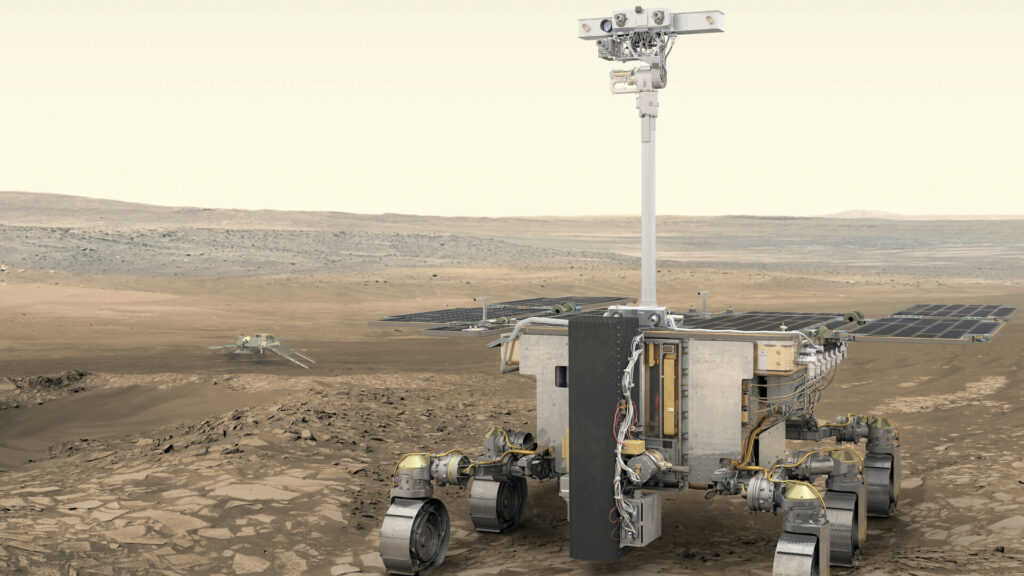
The Ministers of the participating countries confirmed the intention of ESA to remain on the ISS until 2030. The construction of the European lander for landing on Mars (the Rosalind Franklin rover), the participation of ESA in the Mars Sample Return mission and the construction of the Argonaut lander have also been confirmed. It will be used to deliver a large amount of cargo and scientific experiments to the Moon.
Support for European rockets and development of new technologies
Special attention will be paid to ensuring Europe’s independent access to space. ESA will continue to support the new Ariane 6 and Vega-C rockets, as well as the creation of a reusable Space Rider cargo spacecraft. In total, it is planned to spend 2.8 billion euros for these purposes.
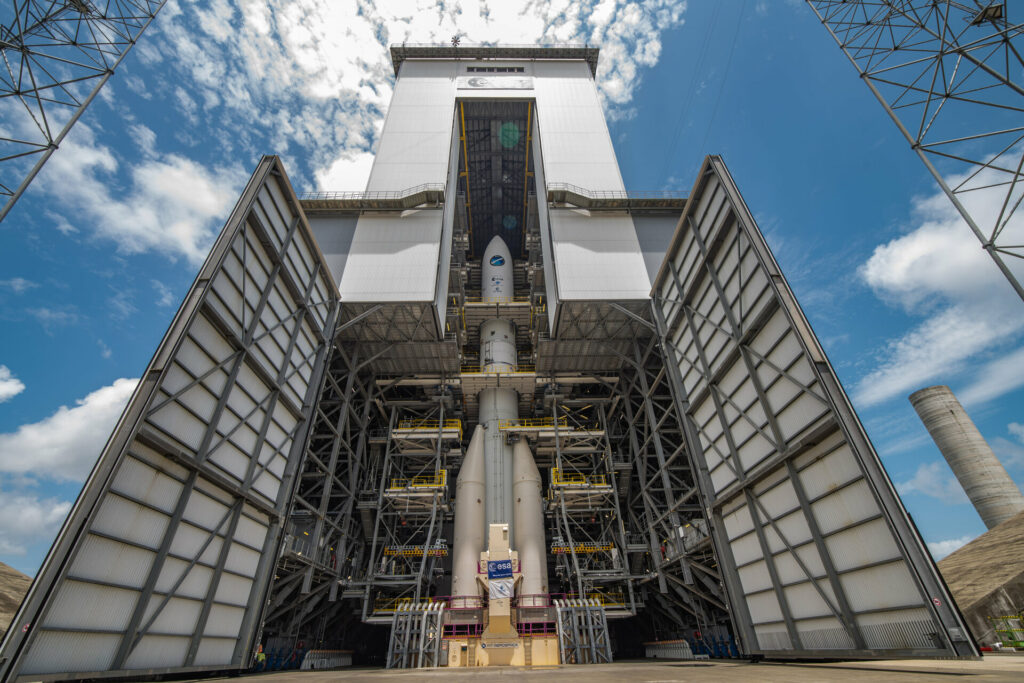
Another 1.9 billion euros will be spent on projects aimed at improving life on Earth. As for the remaining expenditure items, the financing of navigation programs (Galileo and FutureNAV satellites) will be increased by 351 million euros. Programs that are engaged in research to protect the Earth from various hazards of cosmic origin will receive an increase in the form of 731 million euros (we are talking about such missions as Vigil and Hera). Projects aimed at developing new technologies and commercializing space will receive an additional 542 million euros.
According to https://www.esa.int
Follow us on Twitter to get the most interesting space news in time
https://twitter.com/ust_magazine

